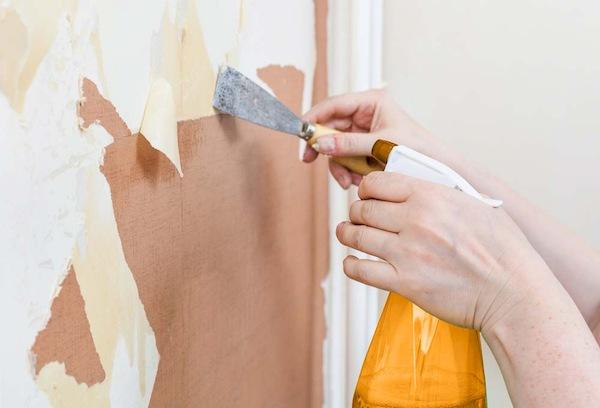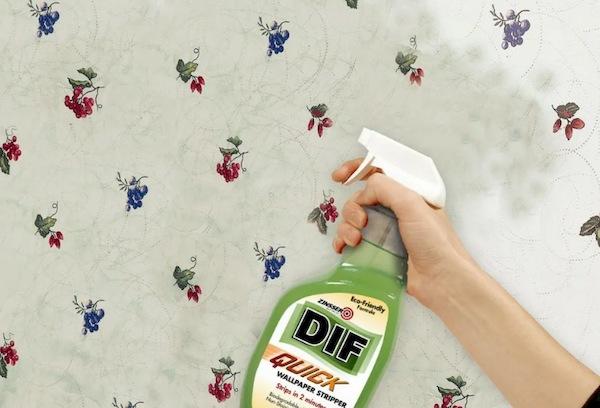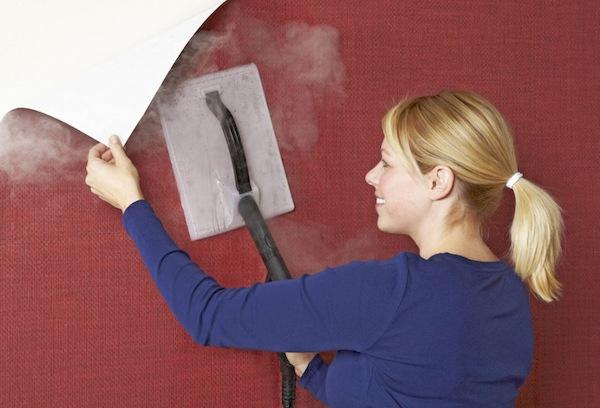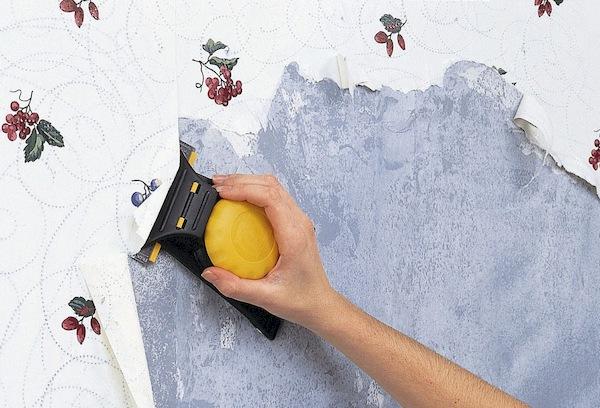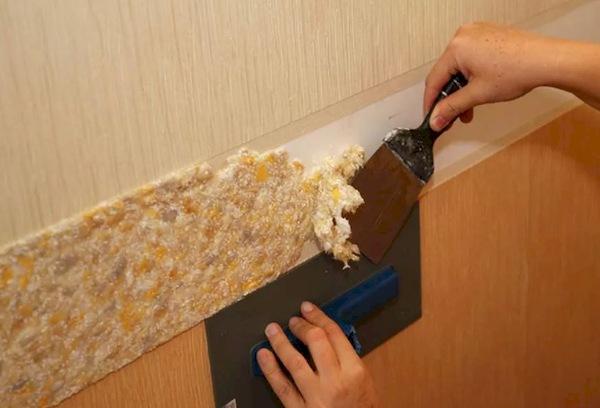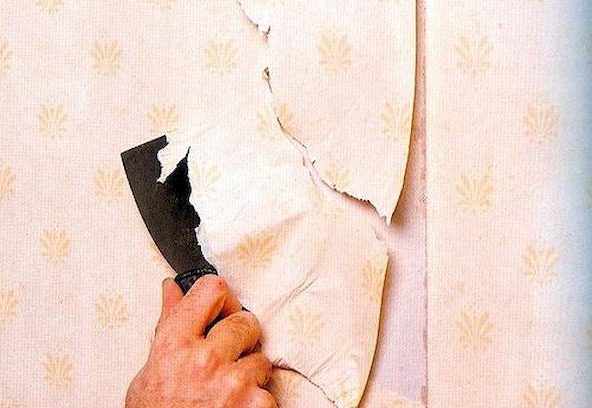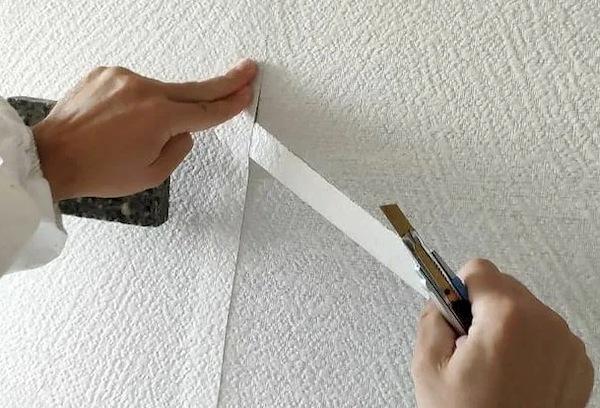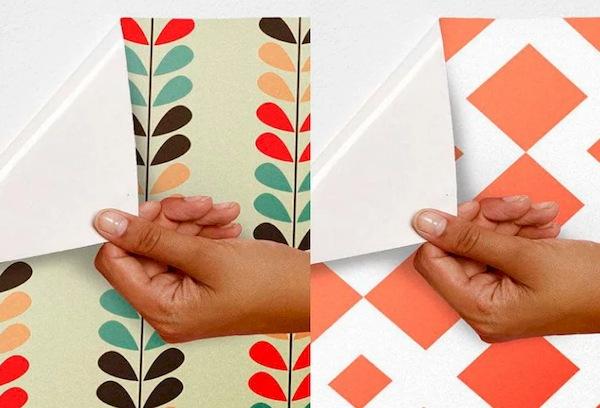How to remove old wallpaper quickly and without torn pieces, a method for any type of wallpaper, effective folk methods
Content:
Previously, everything was much simpler, people didn’t bother, and if they needed to update the interior, they glued wallpaper over the old ones. Since the canvases were paper, no air bubbles, spots or bumps appeared during such manipulations. As a result, in some old apartments you can see from 2 to 10 or more layers of wallpaper. Before applying a modern coating, you need to remove the old wallpaper, which may result in some difficulties. Let's look at how to easily and quickly remove any type of wallpaper from walls, no matter what it is - washable, vinyl, paper.
Why is it necessary to remove old wallpaper?
If you do not first clean the surface and apply glue to the previous canvas, the old wallpaper will begin to swell, as a result of which the wall will not be even.
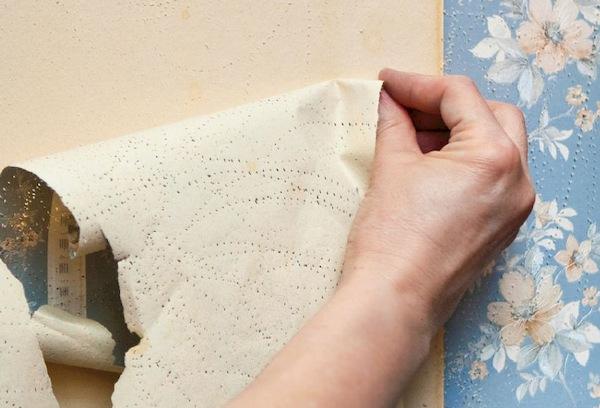
It is impossible to say for sure which glue was used previously, so it is impossible to say for sure exactly how the composition will behave and what reaction it will cause when reacting with another glue.
In old paper wallpaper, the pigment is not as stable. Therefore, there is a high probability that during the soaking process the paint will seep through the new canvas.
There is a high probability that under a thick layer of old coating there are pockets of mold and mildew hidden, which are best to get rid of.
Preparing to remove wallpaper from walls
To remove old wallpaper without any extra effort, you need to first prepare the room:
- If possible, it is recommended to move all furniture to another room.
- All textiles are removed and taken out - curtains, tulle, blankets, pillows, etc.
- The floor is covered with film. To prevent slipping on the film during work, newspapers are laid on top of it.
- When removing old wallpaper, it is easy to stain the baseboards, so they are also covered with film, which is secured with adhesive tape for reliability.
- If wallpaper is removed using water, be sure to close sockets and switches.
Advice! If large furniture cannot be removed, then it must be covered with film.
3 effective ways to remove wallpaper from walls
Soapy solution
Removing old wallpaper using water and detergent is the best solution. In this case, it does not matter how many years ago they were glued. The method is as simple as possible; you will need warm water, detergent, a knife, a scraper, and a rag.
You can tear off old wallpaper using the following algorithm:
- Take warm water and add detergent, shampoo or fabric conditioner to it. Mix everything well.
- Using a spatula or knife, make cuts on the surface.Thanks to this solution, the coating will be saturated with the composition faster.
- Moisten the top layer with a sponge, rag or roller. Leave for 20 minutes.
- Using a spatula, pry up the edge of the canvas and remove it from the wall.
If any area does not come off well, it is moistened with water again and the residue is removed.
Using special means
Wallpaper can be effectively removed using special compounds. Such formulations are sold in powder or gel form. The product is completely safe and non-toxic. It is quickly absorbed into the structure of the wallpaper and the process of destruction of the adhesive composition begins.
Algorithm of actions:
- Apply the product to the surface.
- Leave for a while. The time period is indicated by the manufacturer on the packaging.
- After this time has passed, you will notice how the wallpaper begins to move away from the wall on its own. Therefore, there is no need to make any effort to tear off the canvas.
Attention! If you plan to remove wallpaper with a protective coating, then first damage the top layer with a sharp object.
Using steam
You can remove pasted wallpaper using steam. The advantage of this method is that you don’t have to worry about water getting on sockets and switches. But there is also a minus - not everyone has a steam cleaner in their home. But purchasing it only for temporary work is not entirely rational from a financial point of view. However, here an iron comes to the rescue, which has a steaming function.
To do this, take a white cloth, moisten it with water, apply it to the surface of the wall and carefully iron it with an iron, turning on the steam. After this, the ironed area must be carefully pryed with a sharp object and removed.
Features of removing different types of wallpaper
The choice of method directly depends on the wallpaper. Let's take a closer look.
Removing wallpaper glued to PVA
- Wet method. Use soap or vinegar, you can also combine them. However, laundry soap performs best. You need to take a block, grate it, pour it into a saucepan, pour 4 liters of water, bring to a boil. If you plan to use vinegar, then for 10 liters of water you will need 0.450 liters of 9% vinegar.
- Dry method. In this case, you cannot do without a spatula and a grinding machine. Using a spatula, you need to remove those areas that come off easily. Remove the rest with a sander. The only drawback is that you can remove the layer of plaster.
- Steaming. Perhaps the most effective option. Under the influence of hot vapors, the structure of the PVC glue begins to soften, as a result of which the wallpaper comes off more easily.
Vinyl wallpapers
Removing vinyl wallpaper is quite problematic. The difficulty is that the top layer does not absorb water. Therefore, you will first have to make as many scratches as possible.
The step-by-step algorithm of actions is as follows:
- Carefully go over the surface with a spiked roller.
- Treat the wall surface with a special product. If necessary, you can use plain water.
- Wait 10-15 minutes. Remove the canvas.
- If there are pieces of wallpaper left, remove them with a spatula.
Advice! You can remove the vinyl covering using steam. But in any case, scratches need to be made.
Liquid wallpaper
Peeling off liquid wallpaper is not as difficult as it might initially seem. All you need to do is follow the following step-by-step process:
- The first thing you need to do is take a spray bottle and fill it with clean warm water.
- Moisten the entire surface on which there is liquid wallpaper generously.
- Wait about 20 minutes. During this time, the fibers will absorb water, swell, and increase in size.
- Using a spatula, you need to carefully pry up the coating and remove it.
If the coating has an attractive appearance and is not worn out, then it can be collected in a container and subsequently reused for repairs.
Washable wallpaper
The main advantage of washable wallpaper is that it does not allow moisture to pass through, making it excellent for rooms with high humidity. Therefore, tearing off such canvases will be problematic. Before you start working, you need to peel off the wallpaper.
This process looks like this:
- Notches are made on the surface of the wallpaper. A knife and a roller with needles are suitable for this.
- Treat thoroughly with soapy water. In some cases it may be necessary to treat the surface several times.
- After treating with water, the top part will not be difficult to remove.
- The bottom layer is removed with a scraper or spatula.
If necessary, you can use a steam generator.
Non-woven wallpaper
Non-woven wallpaper is quite durable. But despite this, they are easy to remove. In addition, it is worth noting that you must remove whole canvases. However, not everything is so rosy and the main difficulty lies in the top layer, which is made of paper, textiles, and vinyl.
The method differs depending on the type of coating:
- Paper. Removal is classic. It is enough to use a soap-based solution.
- Textile. Water is suitable. However, steam is more effective.
- Vinyl. Initially, scratches and cuts need to be made on the surface, then treated with water and removed after 20 minutes.
Fabric wallpaper
As for fabric wallpaper, their distinctive feature is the presence of a two-layer structure. The first layer is non-woven or paper, the second is textile. As a result of this structure, removing the canvas can be problematic. It is recommended to use a steam generator or an iron with a steam function.
Steam quickly enters the adhesive layer through the double structure. Treatment should continue for half an hour. Therefore, a steam generator is best; working with an iron is problematic.
Glass wallpaper
This type of wallpaper is made from glass, which is heated at a temperature of +1200 degrees. Then the glass is made into fibers, from which they are woven into fabrics. The wallpaper turns out to be quite soft, it does not have cutting components.
It would seem that such material does not come off, but in practice everything is different. As practice shows, glass wallpaper is much easier to remove than vinyl wallpaper. First you need to make cuts along the entire length, then apply a special liquid and let it sit for the time specified by the manufacturer on the packaging.
Attention! It is forbidden to treat with water!
Self-adhesive wallpaper
The structure of self-adhesive wallpaper differs significantly from other types. The outer side is decorative, but the inner side is treated with glue, which is covered with a special film. To glue wallpaper, you need to remove the film, lean the strip against the wall or ceiling and press down.
You can peel off such wallpaper only in layers. Since the first layer is paper, water is used to remove it. To do this, the wallpaper is moistened with a soap solution. When the first layer is removed, there will be a film underneath. But it can be removed only after heating. A hairdryer is best suited for this purpose.
Treating walls after removing wallpaper
Processing the walls after removing the wallpaper is carried out according to the same algorithm:
- For better adhesion, the surface is coated with a layer of primer.
- Next, plaster is applied, but this is not always done, only if there are severe defects.
- To prevent the walls from being rough, putty is used.
- And to finish - a second coat of primer.
Important! Before applying a layer, you need to wait until the previous one has completely dried.
